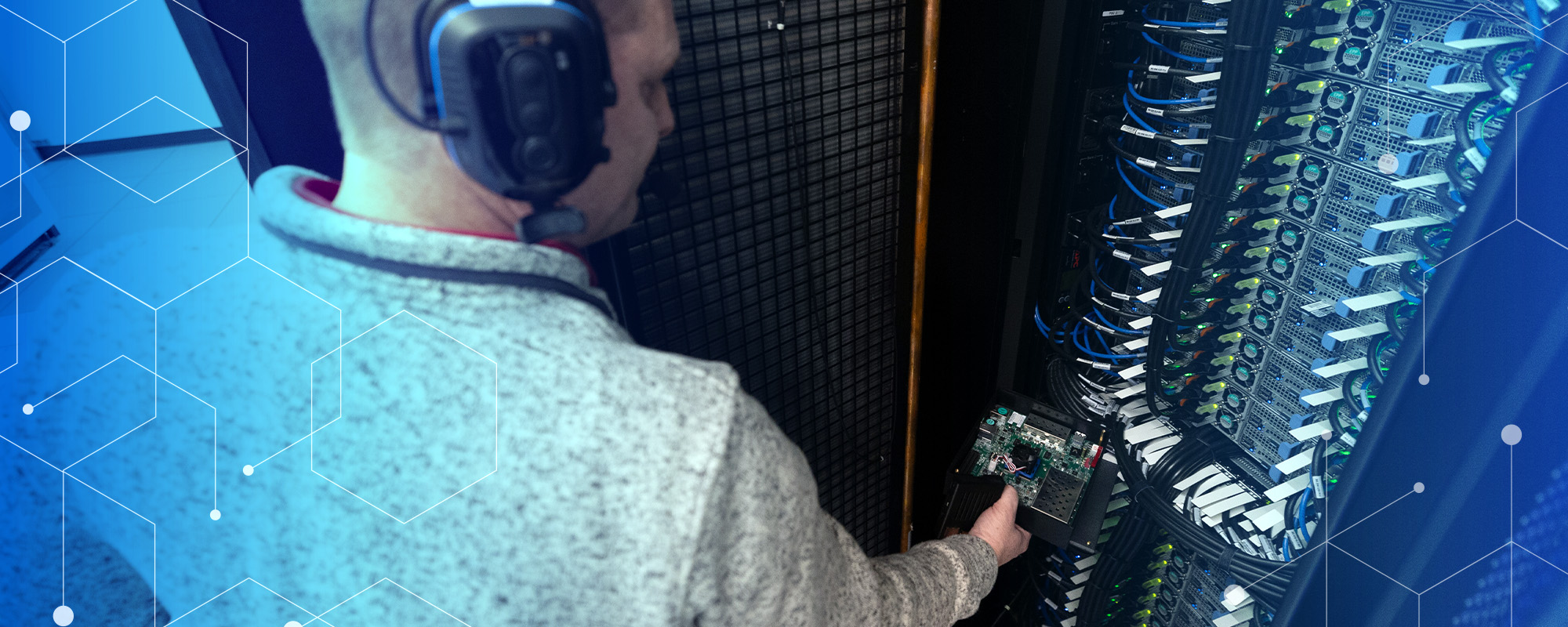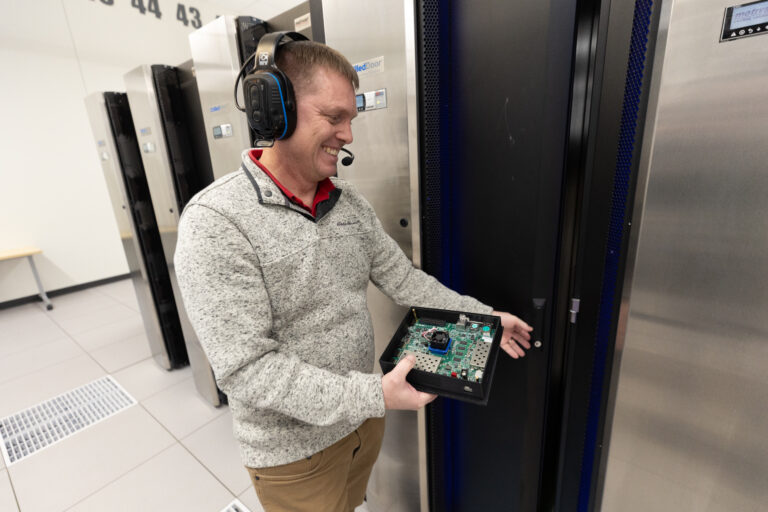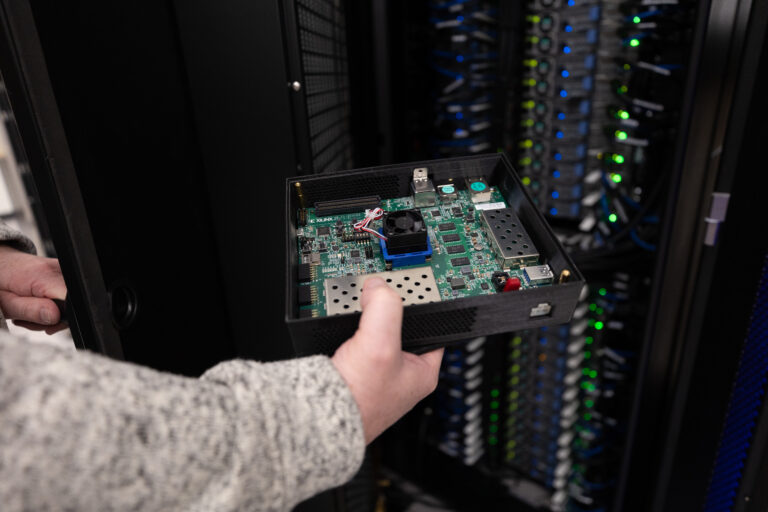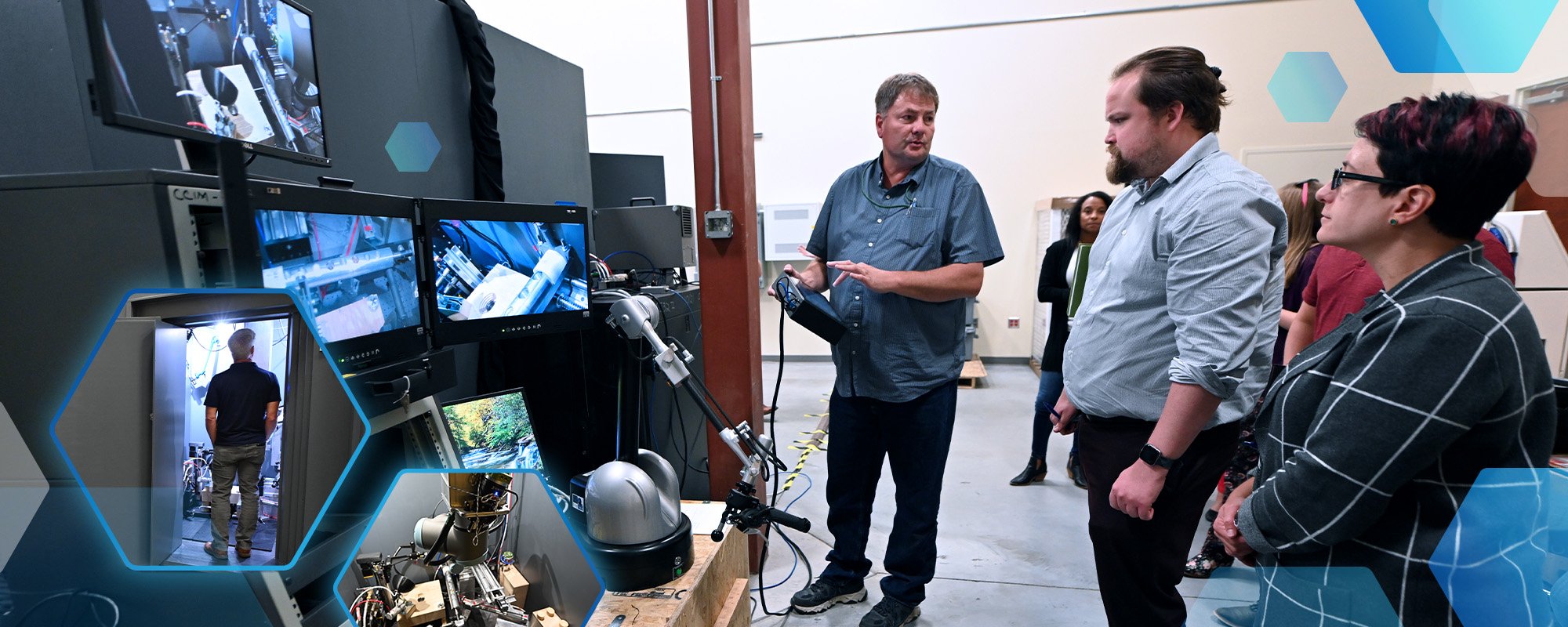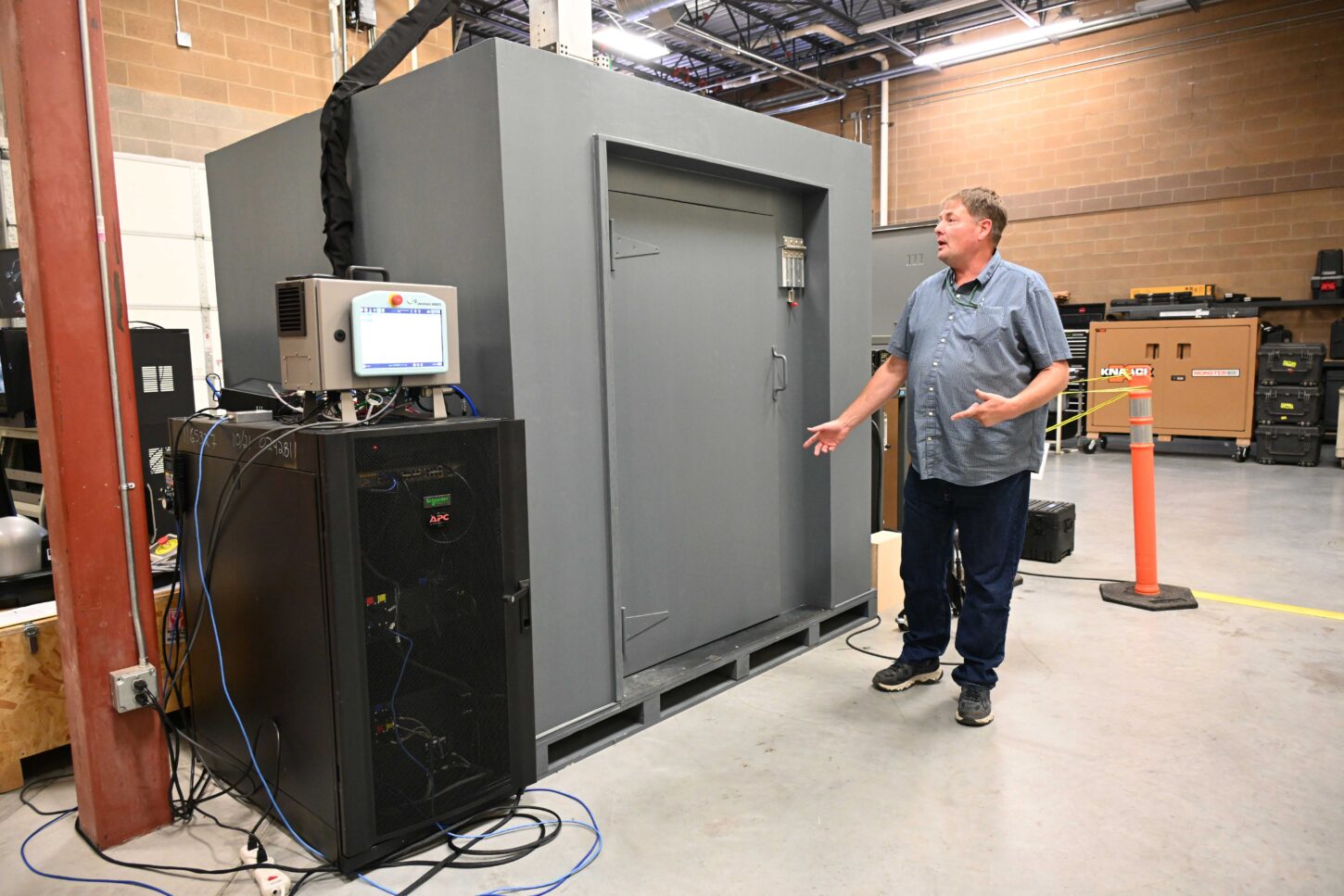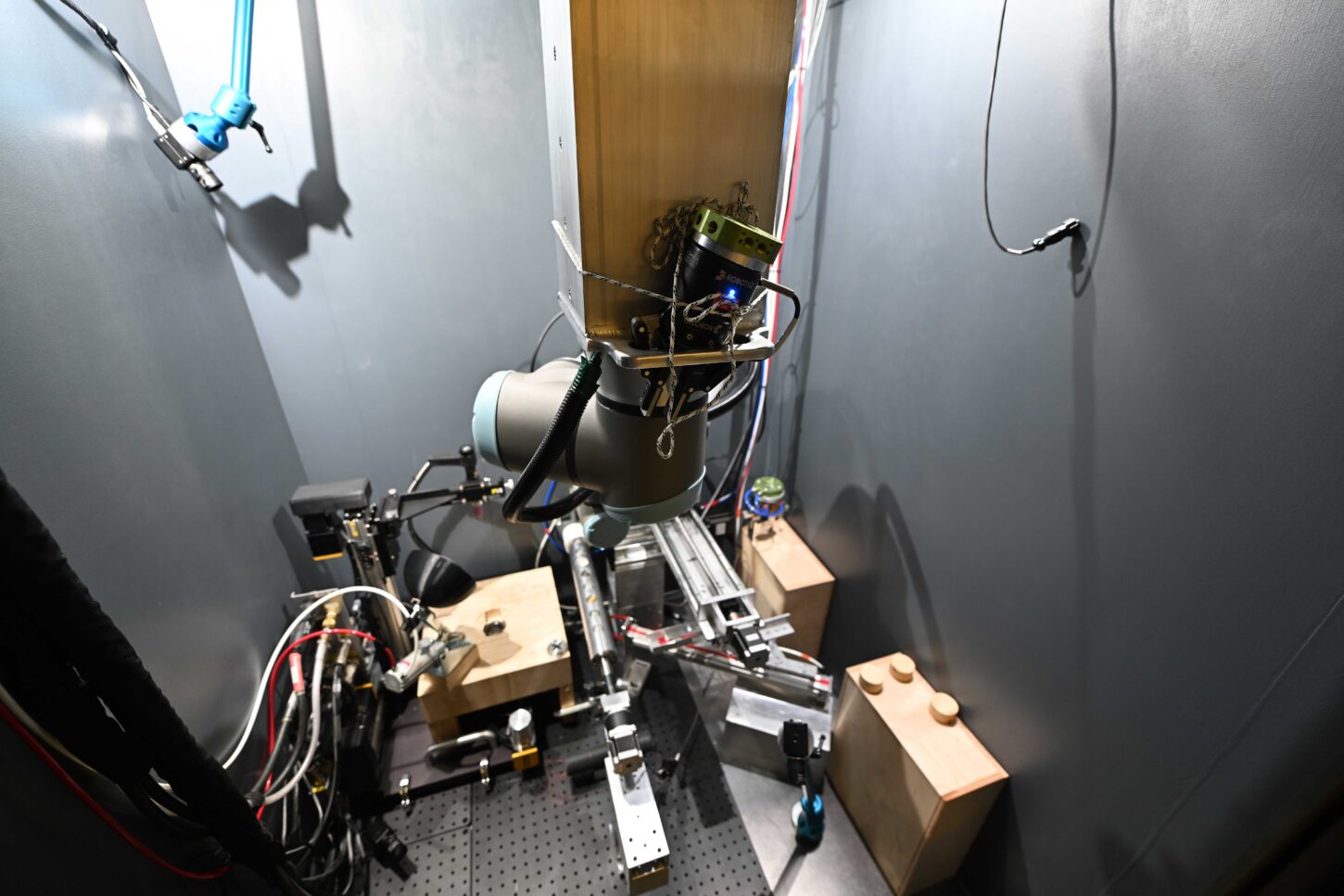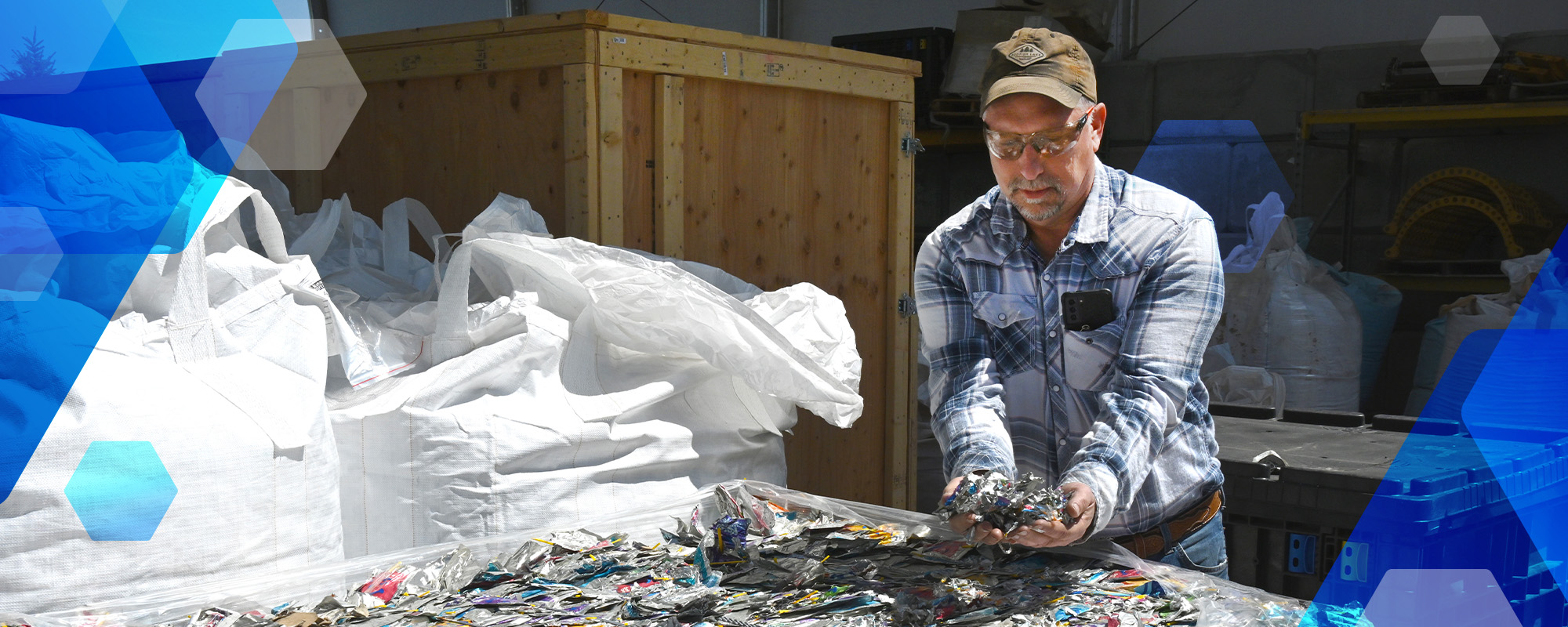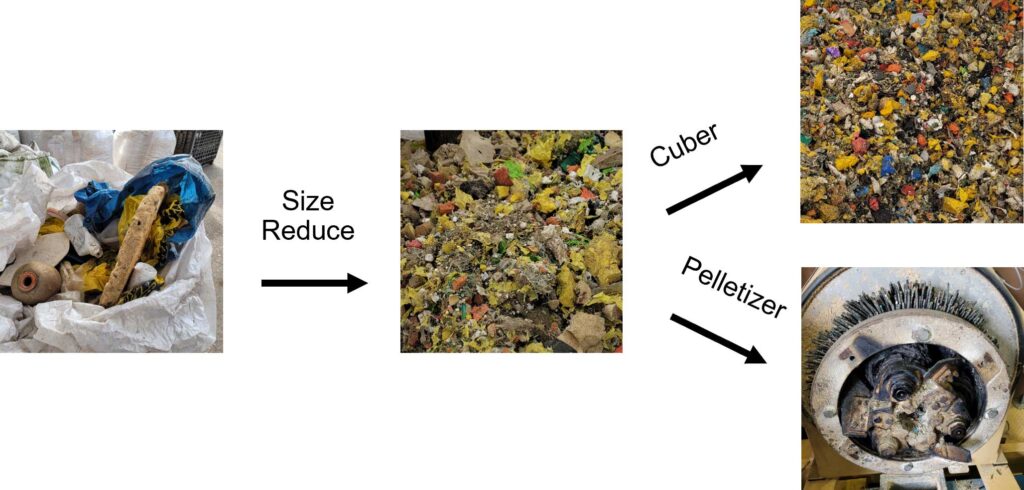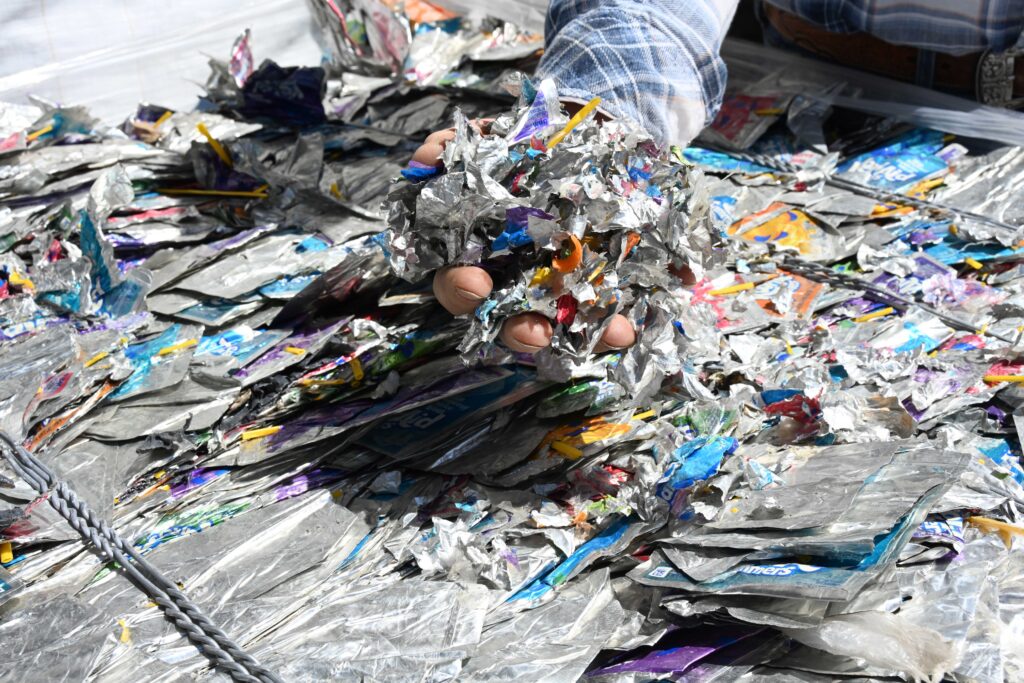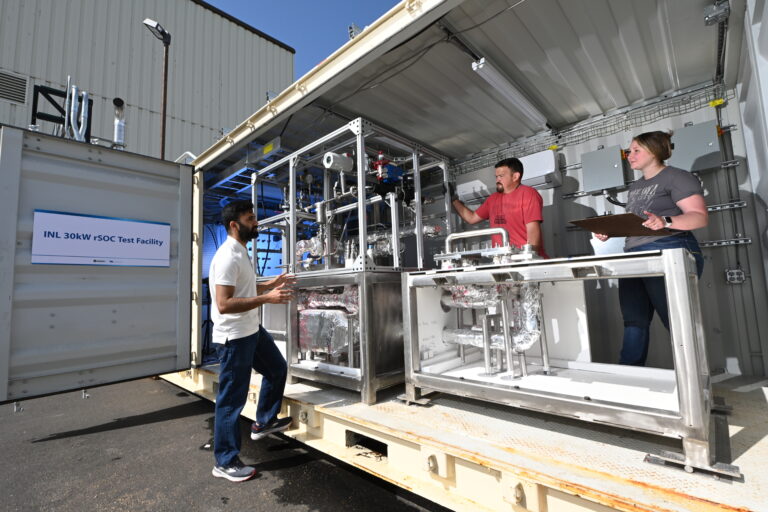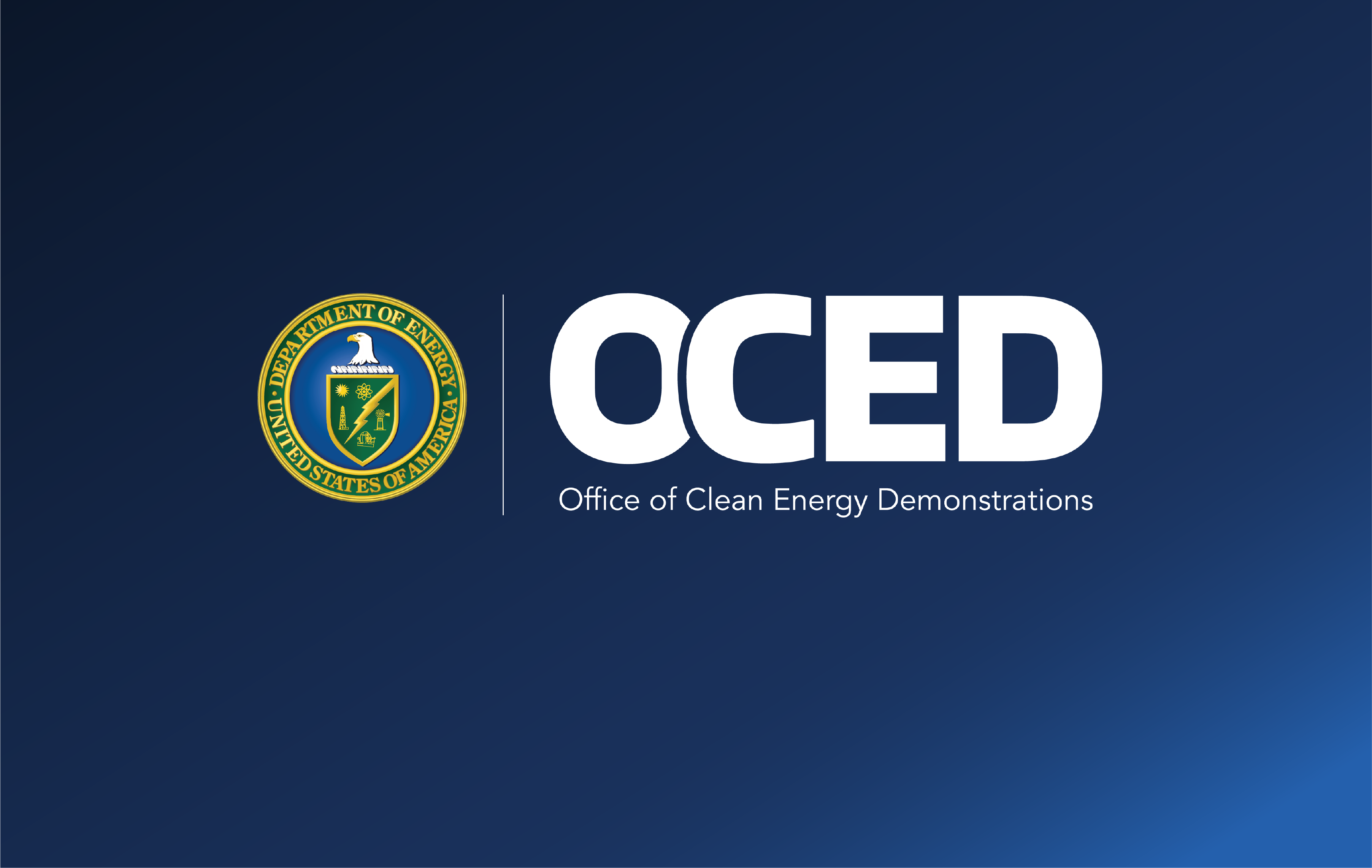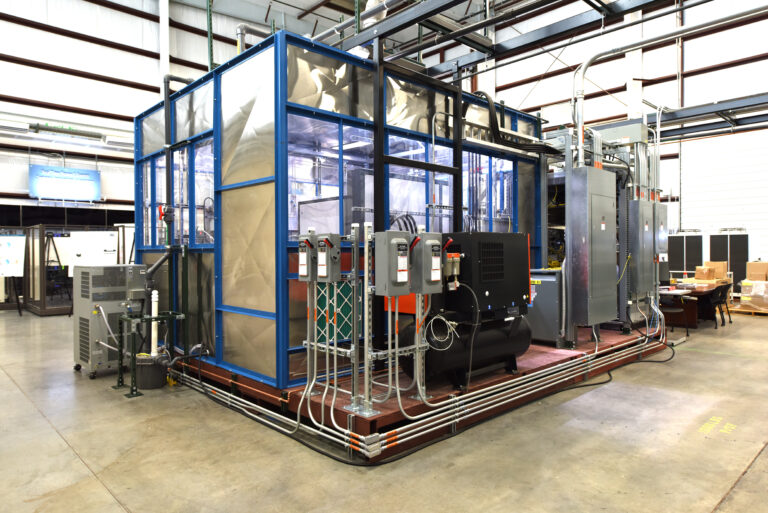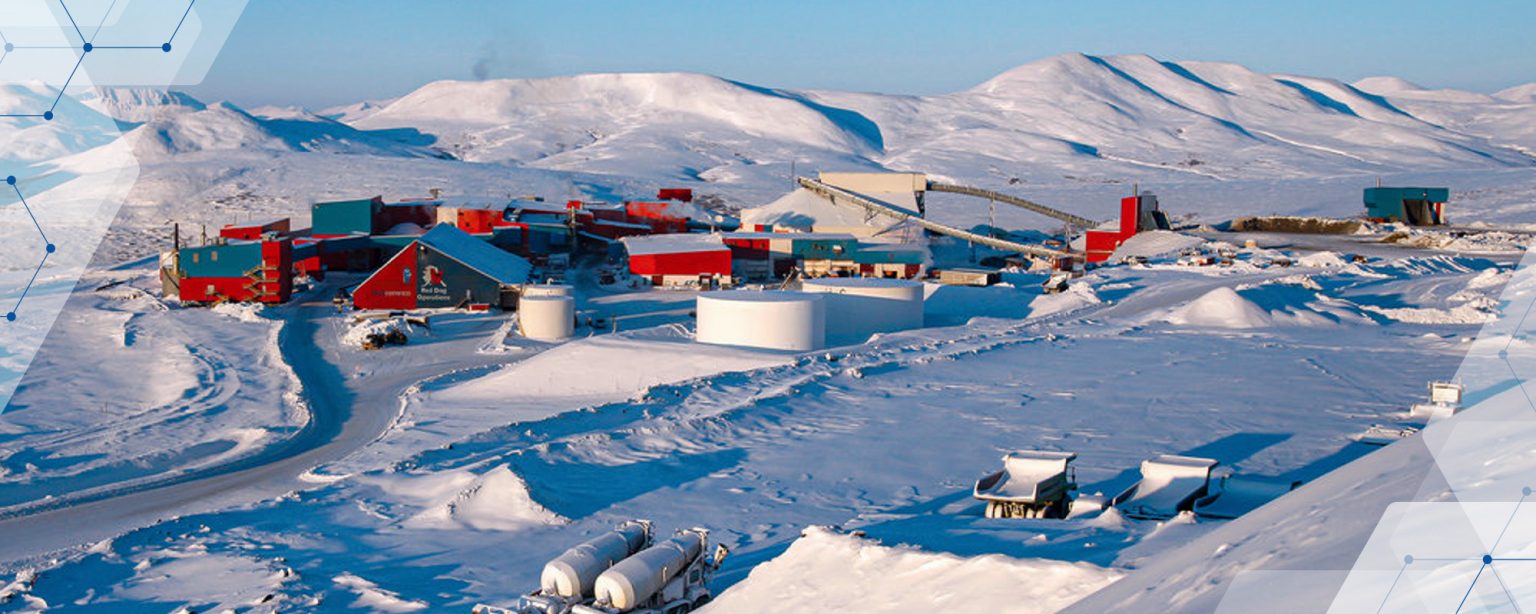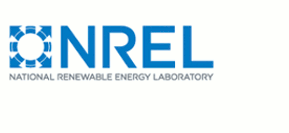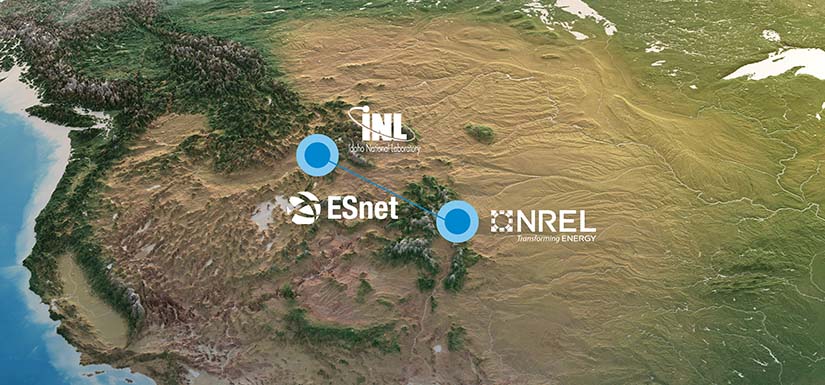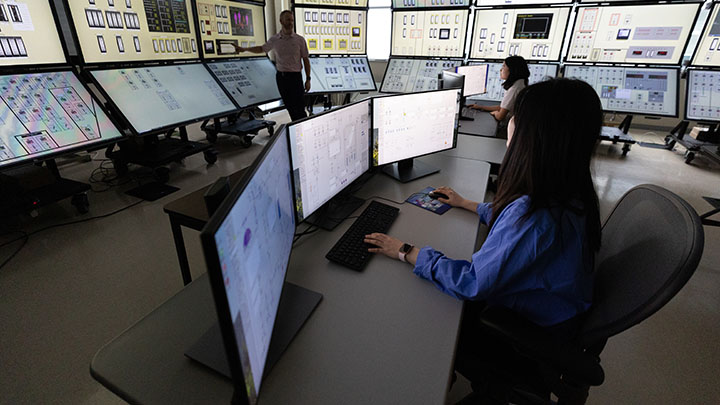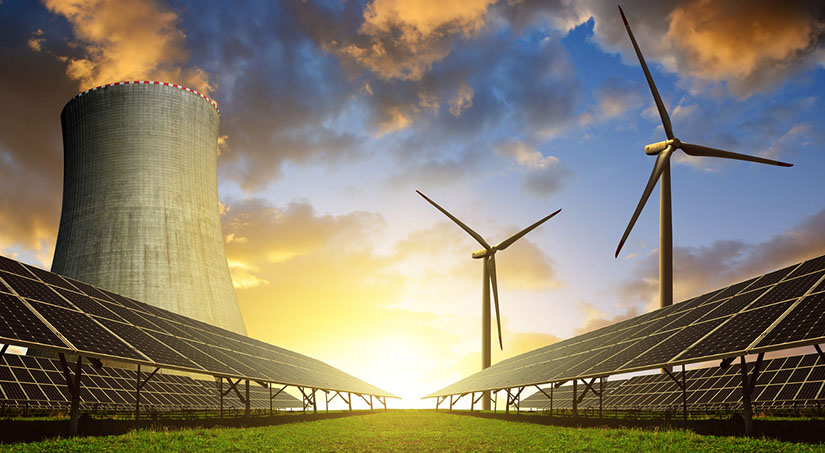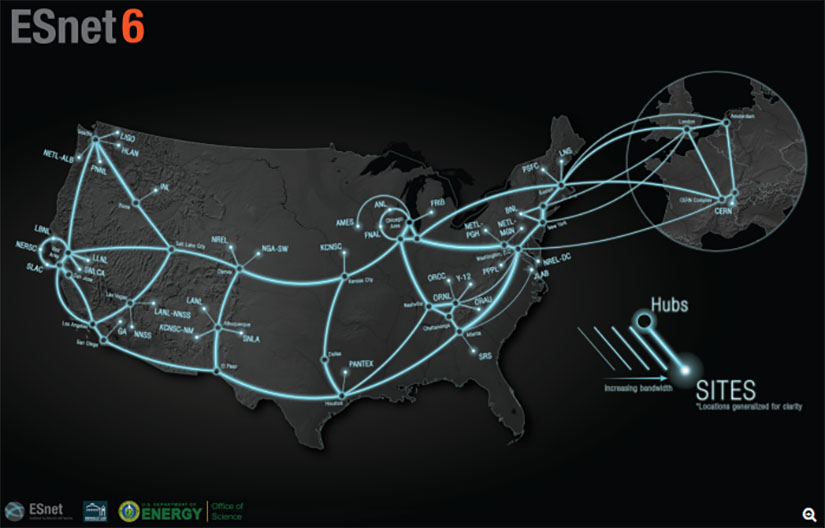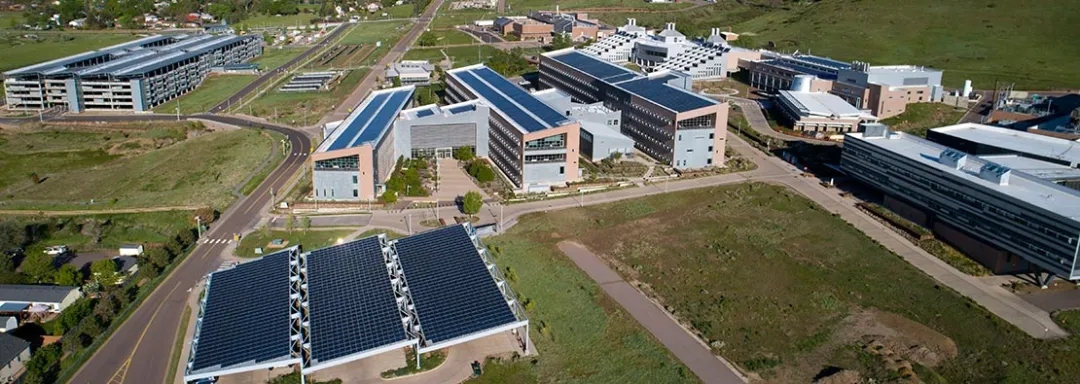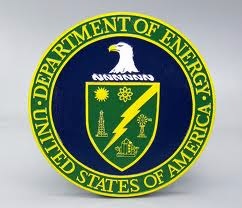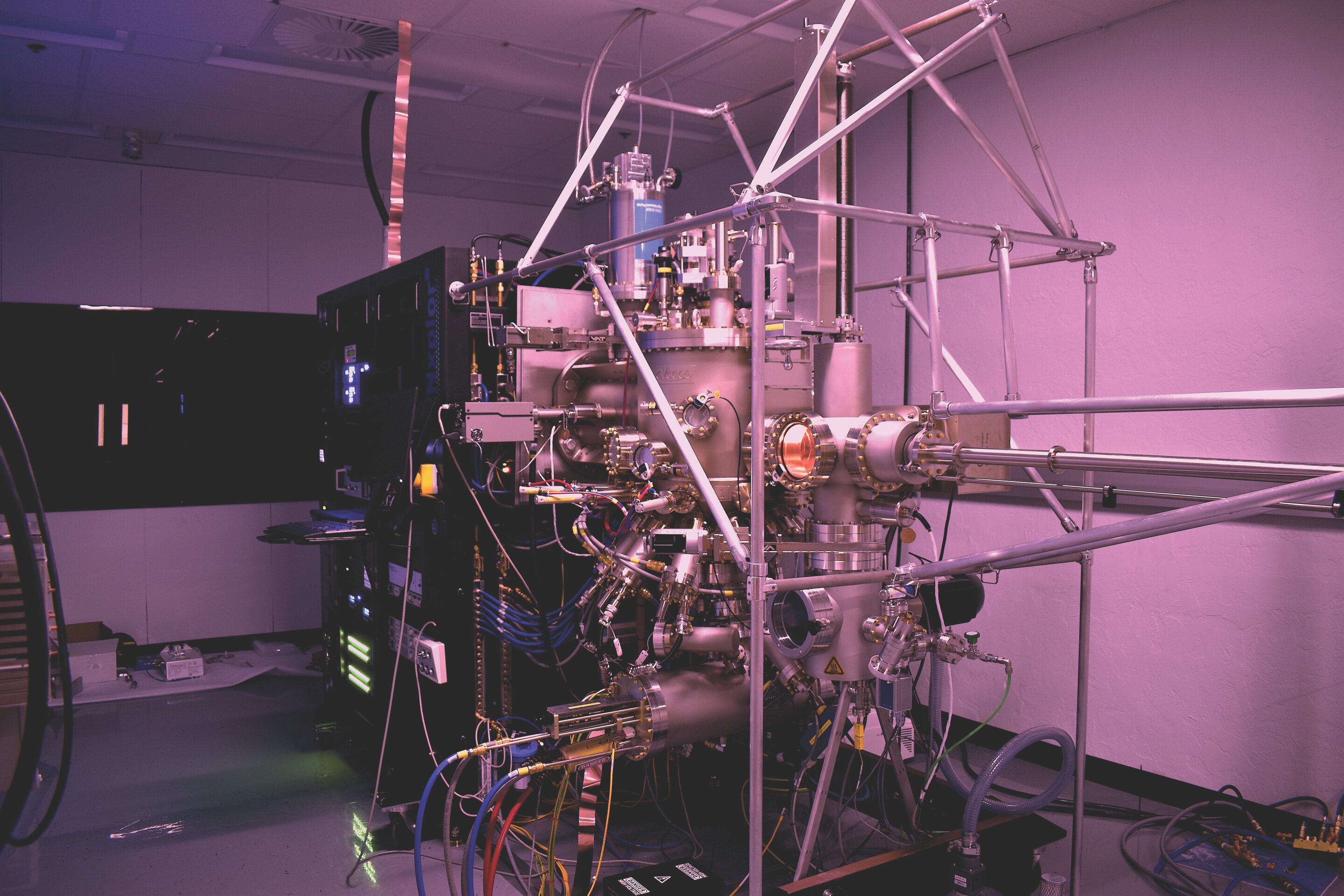From The DOE’s Idaho National Laboratory
3.11.24
Joel Hiller
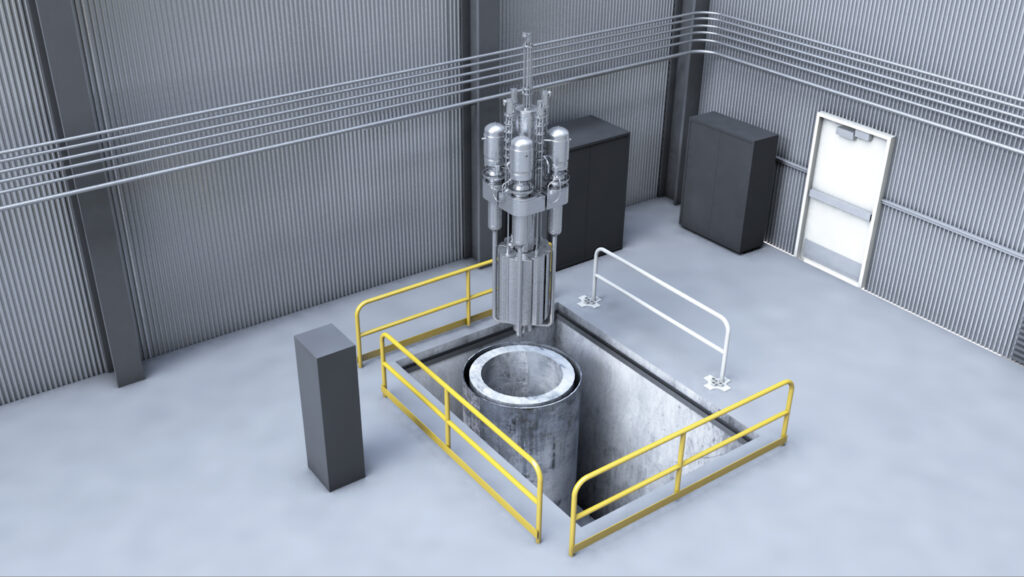
MARVEL will be installed in INL’s Transient Reactor Test Facility.
In 1951, the desert of eastern Idaho hosted Experimental Breeder Reactor-I, the first nuclear reactor to generate a usable amount of electricity. Four years later, researchers followed that success with BORAX-III, the first reactor to power an American city.
The next two decades saw a flurry of research and development at that desert site — what is now known as Idaho National Laboratory, the nation’s nuclear energy research institution. That work led to the birth of the commercial nuclear industry and the 93 reactors currently producing carbon-free electricity around the country.
More recently, construction of new nuclear power plants has slowed, but the need for clean energy is more urgent than ever. Climate change and demand for carbon-free energy have motivated development of new nuclear reactor designs.
A MARVEL-ous Opportunity
Now, for the first time in 50 years, INL is preparing to build two new reactors and one reactor experiment at its desert site. One of these projects, the Microreactor Applications Research Validation and EvaLuation (MARVEL) microreactor will produce about 85 kilowatts of heat — which will be converted to approximately 20 kilowatts of electricity. A reactor this size would power around 10 homes.
The MARVEL team recently completed the 90% final design package, which means they are almost ready to begin fabricating components. This means the project is ready to proceed, while leaving room to make small adjustments. This is the first time a Department of Energy reactor project has achieved this milestone since the department’s creation in 1977.
Planned to be operational as soon as late 2026, MARVEL will be one of the next reactors built at INL and a key step toward a new generation of carbon-free energy sources.
Microreactors like MARVEL are small nuclear reactors built in factories and transported wherever they are needed to provide electricity and heat. Initially, these reactors could power communities like remote Alaskan towns that now rely on expensive diesel shipments, along with industrial applications that require high temperature heat and electricity.
With MARVEL, INL plays an important role in developing tomorrow’s microreactors.
Supporting a New Nuclear Industry
MARVEL will meet two important needs. First, it will help researchers understand how to build, operate and eventually decommission a new reactor design. The scientific community has made enormous advances in materials science, computer modeling, and our understanding of how people and machines interact. That’s a tremendous amount of new information to apply to advanced reactor projects, and MARVEL will help put it all together.
Second, the data generated through the testing, startup and operation of MARVEL will give private industry important insights to help them develop their own reactors and make progress toward commercialization. A variety of private companies have already expressed interest in using MARVEL for testing microreactor applications and systems.
“This is truly a precedent-setting moment for DOE and the nation,” said John Jackson, national technical director of the Microreactor Program operated by the Department of Energy Office of Nuclear Energy.
“This paves the way for a microreactor test platform that will answer fundamental questions of how microreactors will operate and the variety of services they can provide to help us lower carbon emissions.”
The MARVEL project is supported by a team of engineers at INL and private companies including Walsh Engineering Services, TRIGA International, Qnergy and Creative Engineers Inc. Dozens of companies around the country are developing advanced nuclear reactors, and projects like MARVEL are vital for proving the viability of microreactors and establishing valuable public-private partnerships.
See the full article here.
Comments are invited and will be appreciated, especially if the reader finds any errors which I can correct.
five-ways-keep-your-child-safe-school-shootings
Please help promote STEM in your local schools.
The DOE’s Idaho National Laboratory is one of the national laboratories of the United States Department of Energy and is managed by the Battelle Energy Alliance. While the laboratory does other research, historically it has been involved with nuclear research. Much of current knowledge about how nuclear reactors behave and misbehave was discovered at what is now Idaho National Laboratory. John Grossenbacher, former INL director, said, “The history of nuclear energy for peaceful application has principally been written in Idaho”.
Various organizations have built more than 50 reactors at what is commonly called “the Site”, including the ones that gave the world its first usable amount of electricity from nuclear power and the power plant for the world’s first nuclear submarine. Although many are now decommissioned, these facilities are the largest concentration of reactors in the world.
It is on a 890-square-mile (2,310 km^2) complex in the high desert of eastern Idaho, between Arco to the west and Idaho Falls and Blackfoot to the east. Atomic City, Idaho is just south. The laboratory employs approximately 4,000 people.
What is now the DOE’s Idaho National Laboratory in southeastern Idaho began its life as a U.S. government artillery test range in the 1940s. Shortly after the Japanese attacked Pearl Harbor, the U.S. military needed a safe location for performing maintenance on the Navy’s most powerful turreted guns. The guns were brought in via rail to near Pocatello, Idaho, to be re-sleeved, rifled and tested. As the Navy began to focus on post-World War II and Cold War threats, the types of projects worked on in the Idaho desert changed, too. Perhaps the most well-known was the building of the prototype reactor for the world’s first nuclear-powered submarine, the USS Nautilus.
In 1949, the federal research facility was established as the National Reactor Testing Station (NRTS). In 1975, the United States Atomic Energy Commission was divided into the Energy Research and Development Administration and the Nuclear Regulatory Commission. The Idaho site was for a short time named ERDA and then subsequently renamed the Idaho National Engineering Laboratory (INEL) in 1977 with the creation of the United States Department of Energy (DOE) under President Jimmy Carter. After two decades as INEL, the name was changed again to the Idaho National Engineering and Environmental Laboratory (INEEL) in 1997. Throughout its lifetime, there have been more than 50 one-of-a-kind nuclear reactors built by various organizations at the facility for testing; all but three are out of service.
On February 1, 2005, Battelle Energy Alliance took over operation of the lab from Bechtel, merged with The DOE’s Argonne National Laboratory-West, and the facility name was changed to “Idaho National Laboratory”. At this time the site’s clean-up activities were moved to a separate contract, the Idaho Cleanup Project, which is currently managed by Fluor Idaho, LLC. Research activities were consolidated in the newly named Idaho National Laboratory.
According to AP news reports in April 2018, a single barrel of “radioactive sludge” ruptured while being prepared for transport to the Waste Isolation Pilot Plant in Southeast New Mexico for permanent storage. The 55-gallon barrel that ruptured is part of the badly-documented radioactive waste from the Rocky Flats Plant near Denver; it is unknown how many such barrels are stored at Idaho National Laboratory, nor what each barrel contains.
Research
Nuclear Energy Projects
Next Generation Nuclear Plant
One part of this program to develop improved nuclear power plants is the “Next Generation Nuclear Plant” or NGNP, which would be the demonstration of a new way to use nuclear energy for more than electricity. The heat generated from nuclear fission in the plant could provide process heat for hydrogen production and other industrial purposes, while also generating electricity. And the NGNP would use a high-temperature gas reactor, which would have redundant safety systems that rely on natural physical processes more than human or mechanical intervention.
INL worked with private industry to develop the NGNP between 2005 and 2011. It was commissioned to lead this effort by the United States Department of Energy as a result of the Energy Policy Act of 2005. Since 2011, the project has languished and funding for it ceased. The design for this reactor is currently owned by Framatome.
Fuel Cycle Research & Development
The Fuel Cycle Research & Development program aims to help expand nuclear energy’s benefits by addressing some of the issues inherent to the current life cycle of nuclear reactor fuel in the United States. These efforts strive to make nuclear energy’s expansion safe, secure, economic and sustainable.
Currently, the United States, like many other countries, employs an “open-ended” nuclear fuel cycle, whereby nuclear power plant fuel is used only once and then placed in a repository for indefinite storage. One of the primary FCRD goals is to research, develop and demonstrate ways to “close” the fuel cycle so fuel is reused or recycled rather than being shelved before all of its energy has been used. INL coordinates many of the FCRD’s national research efforts, including:
Continuing critical fuel cycle research and development (R&D) activities
Pursuing the development of policy and regulatory framework to support fuel cycle closure
Developing deployable technologies
Establishing advanced modeling and simulation program elements
Implementing a science-based R&D program
Light Water Reactor Sustainability program
The Light Water Reactor Sustainability Program supports national efforts to do the research and gather the information necessary to demonstrate whether it is safe and prudent to apply for extensions beyond 60 years of operating life.
The Program aims to safely and economically extend the service lives of the more than 100 electricity-generating nuclear power plants in the United States. The program brings together technical information, performs important research and organizes data to be used in license-extension applications.
Advanced Test Reactor National Scientific User Facility
INL’s Advanced Test Reactor is a research reactor located approximately 50 miles (80 km) from Idaho Falls, Idaho.
The Department of Energy named Advanced Test Reactor a National Scientific User Facility in April 2007. This designation opened the facility to use by university-led scientific research groups and gives them free access to the ATR and other resources at INL and partner facilities. In addition to a rolling proposal solicitation with two closing dates each year, INL holds an annual “Users Week” and summer session to familiarize researchers with the user facility capabilities available to them.
Nuclear Energy University Programs
DOE’s Nuclear Energy University Programs provide funding for university research grants, fellowships, scholarships and infrastructure upgrades.
For example, in May 2010, the program awarded $38 million for 42 university-led R&D projects at 23 United States universities in 17 states. In FY 2009, the program awarded about $44 million to 71 R&D projects and more than $6 million in infrastructure grants to 30 U.S. universities and colleges in 23 states. INL’s Center for Advanced Energy Studies administers the program for DOE. CAES is a collaboration between INL and Idaho’s three public research universities: The Idaho State University, Boise State University and The University of Idaho.
Multiphysics Methods Group
The Multiphysics Methods Group (MMG) is a program at Idaho National Laboratory (under the United States Department of Energy) begun in 2004. It uses applications based on the multiphysics and modeling framework MOOSE to simulate complex physical and chemical reactions inside nuclear reactors. The ultimate goal of the program is to use these simulation tools to enable more efficient use of nuclear fuel, resulting in lower electricity costs and less waste products.
The MMG focuses on problems within nuclear reactors related to its fuel and how heat is transferred inside the reactor. “Fuel degradation” refers to how uranium pellets and the rods they are encased in (several rods bundled together is what makes a “fuel assembly”) eventually wear out over time due to high heat and irradiation inside a reactor. The group states three main objectives: “The mission of the MMG is to support the INL goal to advance the U.S. nuclear energy endeavor by:
Furthering the state of computational nuclear engineering
Developing a robust technical basis in multidimensional multiphysics analysis methods
Developing the next generation of reactor simulation codes and tools”
The work done by the group directly supports programs such as the Light Water Reactor Sustainability Program’s research into advanced nuclear fuels.
National and Homeland Security
INL’s National and Homeland Security division focuses on two main areas: protecting critical infrastructures such as electricity transmission lines, utilities and wireless communications networks, and preventing the proliferation of weapons of mass destruction.
Control systems cybersecurity
For nearly a decade, INL has been conducting vulnerability assessments and developing technology to increase infrastructure resilience. With a strong emphasis on industry collaboration and partnership, INL is enhancing electric grid reliability, control systems cybersecurity and physical security systems.
INL conducts advanced cyber training and oversees simulated competitive exercises for national and international customers. The lab supports cyber security and control systems programs for the departments of Homeland Security, Energy and Defense. INL staff members are frequently asked to provide guidance and leadership to standards organizations, regulatory agencies and national policy committees.
In January 2011, it was reported by The New York Times that the INL was allegedly responsible for some of the initial research behind the Stuxnet virus, which allegedly crippled Iran’s nuclear centrifuges. The INL, which teamed up with Siemens, conducted research on the P.C.S.-7 control system to identify its vulnerabilities. According to the Times, that information would later be used by the American and Israeli governments to create the Stuxnet virus.
The Times article was later disputed by other journalists, including Forbes blogger Jeffrey Carr, as being both sensational and lacking verifiable facts. In March 2011, Vanity Fair’s magazine cover story on Stuxnet carried INL’s official response, stating, “Idaho National Laboratory was not involved in the creation of the Stuxnet worm. In fact, our focus is to protect and defend control systems and critical infrastructures from cyber threats like Stuxnet and we are all well recognized for these efforts. We value the relationships that we have formed within the control systems industry and in no way would risk these partnerships by divulging confidential information.”
Nuclear nonproliferation
Building on INL’s nuclear mission and legacy in reactor design and operations, the lab’s engineers are developing technology, shaping policy and leading initiatives to secure the nuclear fuel cycle and prevent the proliferation of weapons of mass destruction.
Under the direction of the National Nuclear Security Administration, INL and other national laboratory scientists are leading a global initiative to secure foreign stockpiles of fresh and spent highly enriched uranium and return it to secure storage for processing. Other engineers are working to convert U.S. research reactors and build new reactor fuels that replace highly enriched uranium with a safer, low-enriched uranium fuel. To protect against threats from the dispersal of nuclear and radiological devices, INL researchers also examine radiological materials to understand their origin and potential uses. Others have applied their knowledge to the development of detection technologies that scan and monitor containers for nuclear materials.
The laboratory’s expansive desert location, nuclear facilities and wide range of source materials provide an ideal training location for military responders, law enforcement and other civilian first responders. INL routinely supports these organizations by leading classroom training, conducting field exercises and assisting in technology assessments.
Energy and environmental projects
Advanced Vehicle Testing Activity
INL’s Advanced Vehicle Testing Activity gathers information from more than 4000 plug-in-hybrid vehicles. These vehicles, operated by a wide swath of companies, local and state governments, advocacy groups, and others are located all across the United States, Canada and Finland. Together, they’ve logged a combined 1.5 million miles worth of data that are analyzed by specialists at INL.
Dozens of other types of vehicles, like hydrogen-fueled and pure electric cars, are also tested at INL. This data will help evaluate the performance and other factors that will be critical to widespread adoption of plug-in or other alternative vehicles.
Bioenergy
INL researchers are partnering with farmers, agricultural equipment manufacturers and universities to optimize the logistics of an industrial-scale biofuel economy. Agricultural waste products — such as wheat straw; corncobs, stalks or leaves; or bioenergy crops such as switchgrass or miscanthus — could be used to create cellulosic biofuels. INL researchers are working to determine the most economic and sustainable ways to get biofuel raw materials from fields to biorefineries.
Robotics
INL’s robotics program researches, builds, tests and refines robots that, among other things, clean up dangerous wastes, measure radiation, scout drug-smuggling tunnels, aid search-and-rescue operations, and help protect the environment.
These robots roll, crawl, fly, and go under water, even in swarms that communicate with each other on the go to do their jobs.
Biological Systems
The Biological Systems department is housed in 15 laboratories with a total of 12,000 square feet (1,100 m^2) at the INL Research Center in Idaho Falls. The department engages in a wide variety of biological studies, including studying bacteria and other microbes that live in extreme conditions such as the extremely high temperature pools of Yellowstone National Park. These types of organisms could boost the efficiency of biofuels production. Other studies related to uncommon microbes have potential in areas such as carbon dioxide sequestration and groundwater cleanup.
Hybrid energy systems
INL is pioneering the research and testing associated with hybrid energy systems that combine multiple energy sources for optimum carbon management and energy production. For example, a nuclear reactor could provide electricity when certain renewable resources aren’t available, while also providing a carbon-free source of heat and hydrogen that could be used, for example, to make liquid transportation fuels from coal.
Nuclear waste processing
In mid-2014, construction of a new liquid waste processing facility, the Integrated Waste Treatment Unit, was nearing completion at INTEC on the INL site. It will process approximately 900,000 gallons of liquid nuclear waste using a steam reforming process to produce a granular product suitable for disposal. The facility is the first of its kind and based on a scaled prototype. The project is a part of the Department of Energy’s Idaho Cleanup Project aimed at removing waste and demolishing old nuclear facilities at the INL site.
Safety and Tritium Applied Research
In May 2022, CNBC reported the Safety and Tritium Applied Research (STAR) program has been set up to looking into the production and safety protocols for working with tritium, the fuel that many startups are working on to commercialize fusion power.
Interdisciplinary projects
The Instrumentation, Control and Intelligent Systems (ICIS) Distinctive Signature supports mission-related research and development in key capability areas: safeguards and control system security, sensor technologies, intelligent automation, human systems integration, and robotics and intelligent systems. These five key areas support the INL mission to “ensure the nation’s energy security with safe, competitive, and sustainable energy systems and unique national and homeland security.”[citation needed] Through its grand challenge in resilient control systems, ICIS research is providing a holistic approach to aspects of design that have often been bolt-on, including human systems, security and modeling of complex interdependency.







